To optimize Windows 11, use a debloat script to remove unnecessary apps, adjust visual effects, manage power settings, and regularly update your software for improved performance and responsiveness.
Are you looking to enhance your Windows 11 experience? Creating a debloat script can significantly improve performance, and here’s how to do it simply with Windows 11.
Understanding the importance of debloating Windows 11

Understanding the importance of debloating Windows 11 can significantly enhance your computer’s performance. When you install Windows 11, it comes preloaded with various applications and services that may not be necessary for your workflow. These apps can slow down your system, consume resources, and clutter your user experience.
What is Debloating?
Debloating is the process of removing unwanted software and applications from your operating system. This can lead to a faster boot time and improved responsiveness. By debloating Windows 11, you also free up valuable disk space and reduce background processes.
Benefits of Debloating
One of the main benefits of debloating is that it optimizes system performance. Fewer unnecessary applications running in the background mean more resources for essential tasks. Additionally, removing bloatware can enhance security by minimizing vulnerabilities associated with unused programs.
Steps to Identify Bloatware
Identifying which applications to remove can be daunting. Start by reviewing the list of installed programs. Look for applications that you do not use or recognize. Microsoft offers a settings menu where you can see what’s installed and how much space each app consumes.
When to Debloat
It’s a good idea to debloat your system after the initial setup of Windows 11. However, periodic reviews are also beneficial. As you use your computer, you may discover new applications that become unnecessary, so revisiting the debloat process helps maintain optimal performance.
Steps to create your debloat script using Grock
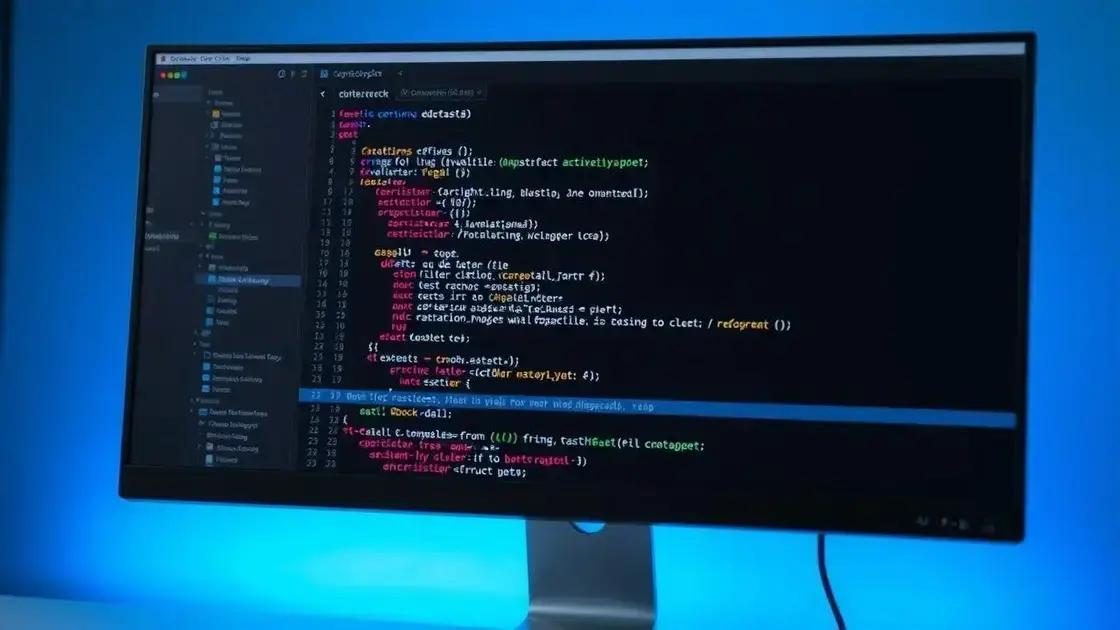
Creating a debloat script using Grock is a straightforward process that can help optimize your Windows 11 experience. Here’s how to do it effectively.
Installing Grock
First, you need to install Grock. Visit the official website and download the latest version. Follow the installation instructions to set it up on your PC.
Understanding Grock Syntax
Before you write your script, familiarize yourself with the Grock syntax. It’s important to know how to structure your commands to effectively remove unwanted applications. Review the documentation available on the Grock website if you need clarification.
Writing Your Debloat Script
Start writing your debloat script by opening Grock in your preferred text editor. Write commands to uninstall specific applications. For example, to remove a pre-installed app, use the command remove app_name. Make sure to list all the apps you wish to remove.
Testing the Script
After writing your script, it’s essential to test it. Save your script with a .grock extension. Run it within Grock to check for errors. Ensure that the applications you want to remove are correctly specified in the script.
Executing the Script
Once you’ve tested your script and confirmed it works without issues, you can execute it. This will automatically remove the unwanted applications on your Windows 11 system. Monitor the process to ensure everything runs smoothly.
Features to include for optimal performance

When creating a debloat script, it’s essential to include certain features for optimal performance of your Windows 11 system. Here are some key elements to consider.
Remove Unnecessary Apps
One of the main features to include is the removal of unwanted applications. Pre-installed apps often take up space and resources. Ensure your script targets these applications effectively.
Disable Startup Programs
Another feature is disabling startup programs. Many apps launch automatically when you start Windows. Use commands in your script to prevent these programs from starting, which can speed up boot time and system responsiveness.
Clear Temporary Files
Clearing temporary files is crucial for maintaining optimal performance. Add commands that remove these files regularly, freeing up disk space and improving system speed.
Optimize System Settings
Including commands to adjust system settings can enhance performance. For example, disabling visual effects and animations can reduce the workload on your system.
Regular Updates
Ensure your script features a way to regularly check for and apply updates. Keeping your operating system and applications up-to-date is vital for performance and security.
Testing and running your batch file
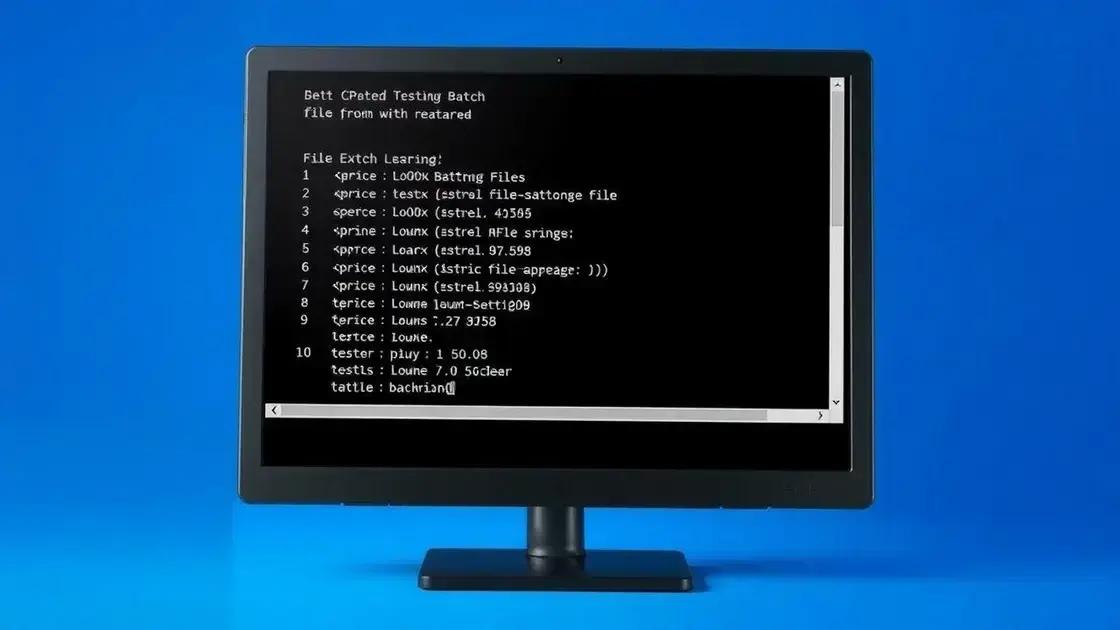
Testing and running your batch file is a critical step to ensure that your debloat script functions as intended. Here’s how to do it effectively.
Verifying the Batch File
Before you run your batch file, it’s important to verify its contents. Open the file in a text editor to check all commands. Ensure each command is correctly formatted and targets the apps you wish to remove.
Running the Batch File
To run your batch file, locate the file in File Explorer. Right-click on the file and select Run as administrator. This provides the necessary permissions to uninstall apps and make changes to the system.
Monitoring the Process
As the batch file runs, monitor the process. You will see a command prompt window showing the actions being taken. Look for any error messages that may appear, which could indicate issues with specific commands.
Testing Functionality Post-Debloat
After running the batch file, test your system’s performance. Open applications and check for speed improvements. You may also want to verify that the unwanted apps have been successfully uninstalled by checking the list of installed programs.
Making Adjustments
If you encounter problems or conflicts, return to your batch file and make necessary adjustments. Adding error handling commands can help troubleshoot issues, ensuring a smoother debloating process in the future.
Tips for further optimization of Windows 11

Optimizing Windows 11 can greatly enhance your overall experience. Here are some tips for further optimization that you can apply.
Adjust Visual Effects
Reducing or disabling visual effects can improve performance. To do this, go to System Properties and select Performance Settings. Here, you can choose Adjust for best performance to minimize graphical animations.
Manage Power Settings
Another tip is to adjust your power settings. Setting the power plan to High Performance can help boost your system’s responsiveness. Navigate to Control Panel > Power Options to make this adjustment.
Regularly Update Your Software
Keeping your operating system and software updated ensures optimal performance. Enable automatic updates to make sure you receive all the latest features and security enhancements.
Uninstall Unused Programs
Regularly review and uninstall applications that you no longer use. This frees up space and resources, contributing to a smoother experience. Access your list of installed programs through the Settings app.
Utilize Disk Cleanup
Using the built-in Disk Cleanup tool is also beneficial. It helps remove temporary files and other unnecessary data. Run the tool by searching for Disk Cleanup in the Start menu and following the prompts to clean your system.
In conclusion, optimizing Windows 11 for better performance is key
By following the tips outlined, such as removing unnecessary applications, adjusting settings, and regularly updating software, you can greatly enhance your overall user experience.
Creating a debloat script can also significantly improve your system’s efficiency and responsiveness. Don’t forget to test your script and monitor the changes that occur.
Investing a little time into these optimizations can lead to a smoother and faster Windows 11 experience, enabling you to focus on what truly matters.
FAQ – Frequently Asked Questions about Optimizing Windows 11
What is a debloat script and how does it help my PC?
A debloat script removes unnecessary applications and services from your Windows 11 installation, improving performance and freeing up system resources.
How can I identify which programs to remove?
Review the list of installed programs in the Settings app and look for applications that you do not use or recognize.
What are the benefits of adjusting visual effects in Windows 11?
Adjusting visual effects can speed up your system’s performance by reducing the graphical load, making it run smoother.
How often should I update my software for optimal performance?
It’s best to enable automatic updates so your system and applications receive the latest features and security improvements regularly.
Can I undo the changes made by a debloat script?
While debloating can be reversed by reinstalling the programs, it is advisable to take note of what is removed so you can reinstall them if needed.
Is there a risk involved in running a debloat script?
Yes, there is a risk of removing essential applications unintentionally, so it’s important to double-check what’s included in the script before running it.


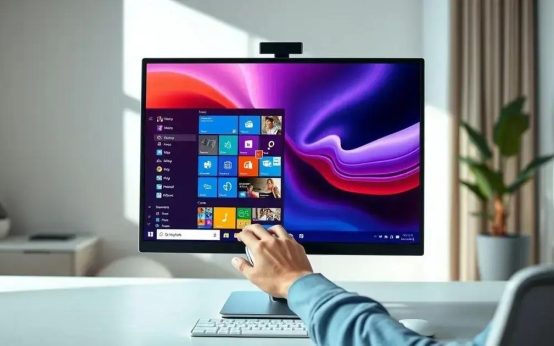 Windows 11: Discover How to Remove Pre-installed Microsoft Store Apps
Windows 11: Discover How to Remove Pre-installed Microsoft Store Apps 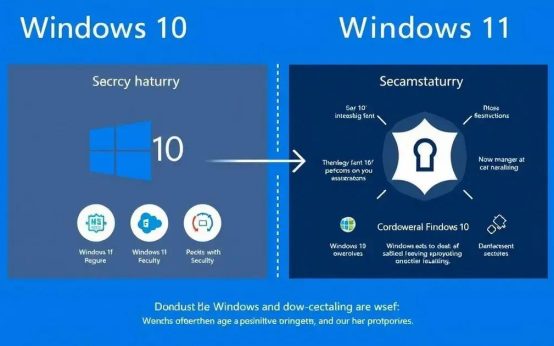 Windows 11 Reigns Supreme: Why Upgrading is Crucial Now
Windows 11 Reigns Supreme: Why Upgrading is Crucial Now 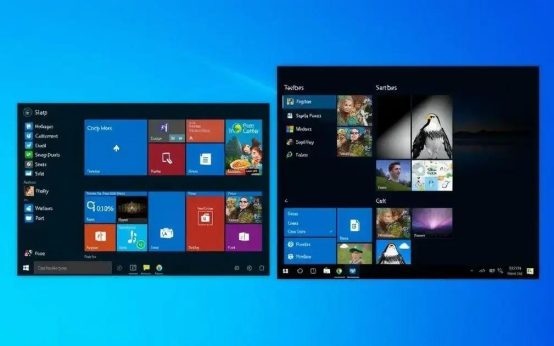 Windows 11: Explore Exciting New Features and User Interface Changes
Windows 11: Explore Exciting New Features and User Interface Changes